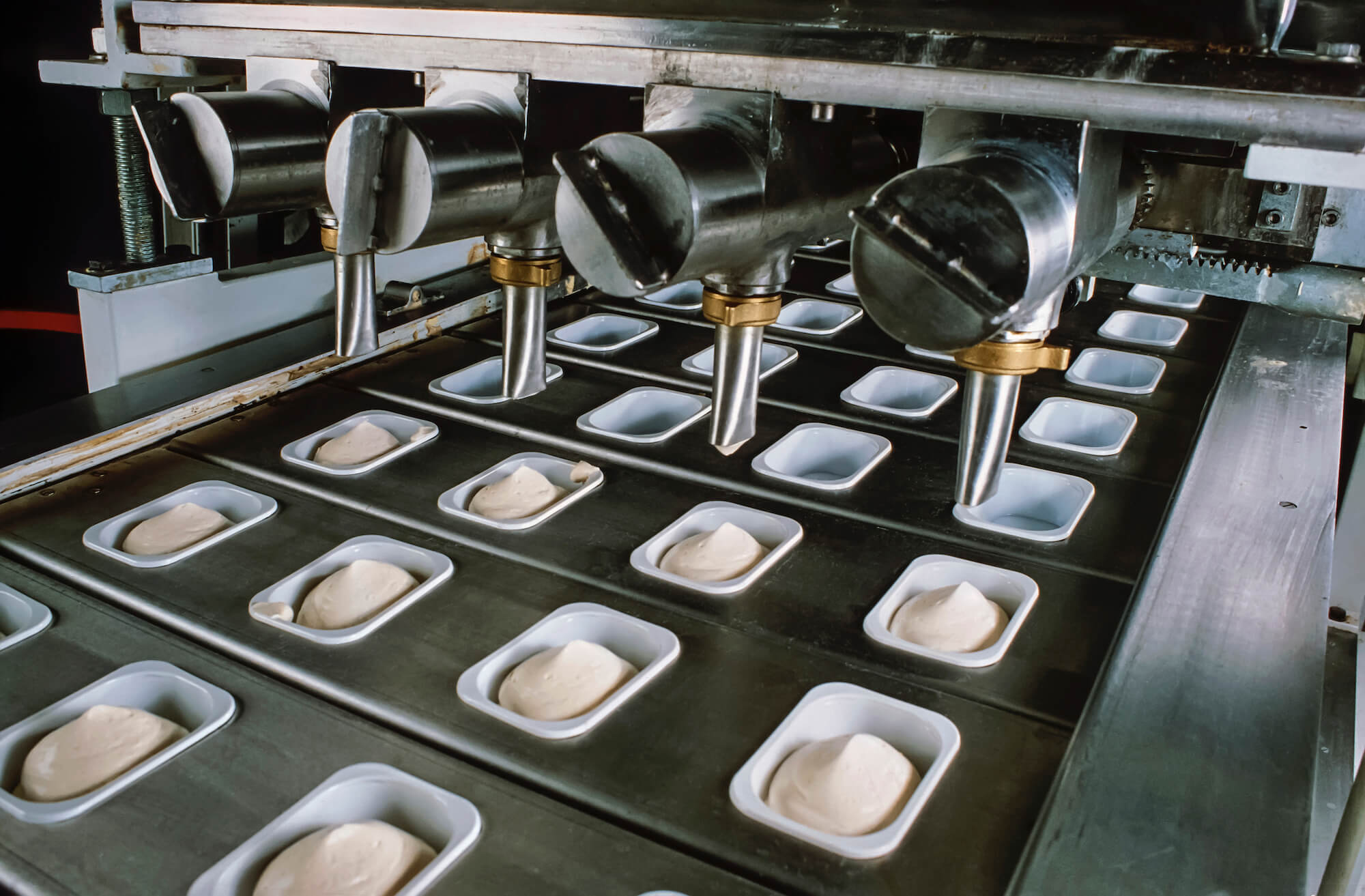O-ring materials allow for the sealing of machinery components against liquids and gases. The simplest O-rings are found in sink drainpipes or vehicle brake fluid chambers. These are static O-rings because they don’t seal moving parts. Dynamic O-rings are used between moving components like cylinders and rods in hydraulic systems.
Static or dynamic, an O-ring has to cope with extreme temperatures and damaging chemicals. Doing so successfully depends on the material from which it is made.
In this article, we look at choosing O-ring material based on its physical properties.
Diversity of O-ring material
O-rings are elastomeric sealing devices resistant to liquids and gases, temperatures and pressures. For example, industrial ice-cream machine O-rings must be able to cope with high fat, semi-solids and a temperature range from ≤ 0°C to 140°C. Using O-ring material that can handle the lower but not the higher temperature will result in leakages and contamination.

PTFE
Used in the process industry, Polytetrafluoroethylene (PTFE) has an extremely wide range of working temperatures from -200°C to 260°C – and for short periods up to 300°C. It has a low co-efficient of friction, so it will not ‘stick’ to moving parts. This makes it ideal for dynamic systems like hydraulics.
New Polyurethane (94 AU 30000)
Compared with other polyurethanes, Freudenberg’s 94 AU 30000 material has a significantly longer service life and withstands wide temperature fluctuations from 35°C to 120°C. In practice, this means that seals made of 94 AU 30000 are flexible at low temperatures and sufficiently stable at high temperatures. The material is also more resistant to hydrolysis, the recombination of chemicals in the presence of water.
Silicone rubbers
Silicone rubbers are synthetic polymers of silicon atoms linked by oxygen atoms. They’re stable in hot air and ozone, water, animal fats and plant oils. They have amazing flexibility, low toxicity and excellent resistance to UV, oxygen, ozone and microbial growth.
Combining silicone with other molecules improves heat and chemical resistance. One compound, vinyl methyl silicone or VMQ, is used in the food and drug industries for its purity. Its typical working temperature range is -60°C to 200°C. PVMQ or phenyl methyl silicone is more resistant to low temperatures, with its working low temperature of -100°C. FVMQ or fluoro silicone has fluorine for stronger bonds, giving an FVMQ O-ring more resistance to fuel and mineral oil.
Choosing the best O-ring material for your equipment is easy with the Freudenberg Sealing Technologies range at your disposal. Contact us for advice on the best material for your O-ring application.
